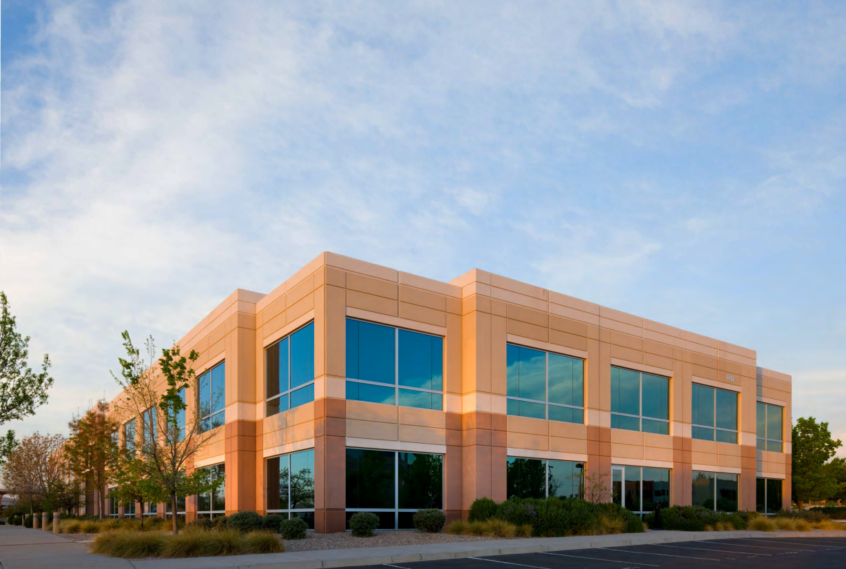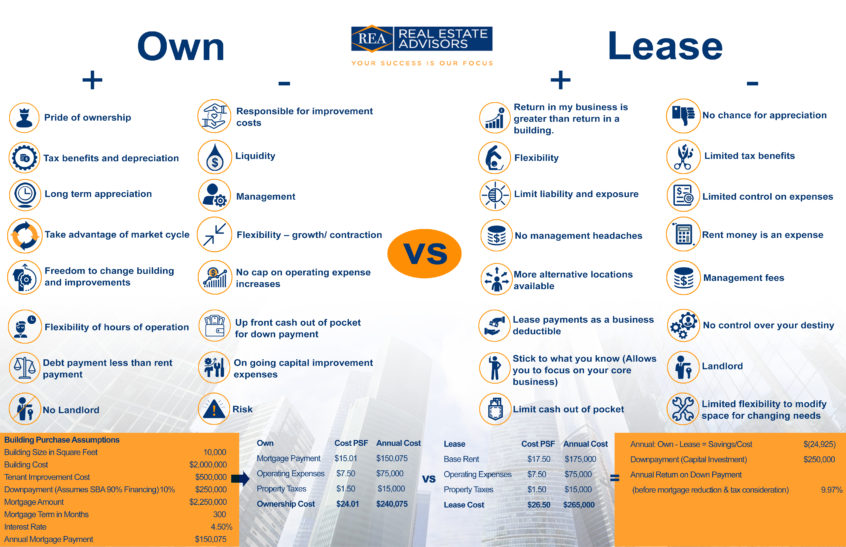The office market has experienced a notable shift as of the third quarter of 2023. Across the nation, there has been an upward trend in vacancy rates, with the U.S. seeing an increase to 16.1%, a significant rise from the 12% vacancy reported at the end of 2019. In Albuquerque, the office market has remained relatively stable in terms of … Read More
Are You Better Off Owning or Leasing?
The activity level in the owner/user commercial real estate segment of the market is very robust for office and industrial properties. This level of activity is in large part being driven by historically low interest rates. In the current environment, for comparable properties the monthly debt payments are generally less than rent payments. The primary economic consideration for any user … Read More
Albuquerque Office Market Update
Real Estate Advisors track 431 multi-tenant office buildings over 10,000 square feet in the Albuquerque market. These buildings total 14,783,384 square feet, with 2,798,921 square feet of availability. Since the pandemic began in March of 2020, the office market availability rate has increased approximately 27%, from roughly 15% to 19%. In tracking overall market statistics, reports generally state availability, vacancy, … Read More
What is Fueling Commercial Real Estate Investment Activity?
Despite a hazy outlook on the future of the workplace, Industrial and Office Building sales volume and pricing are back to, and in some sectors, exceeding pre-pandemic levels. According to Costar, “Except for 20Q3, Albuquerque industrial investment activity has remained robust throughout the pandemic. Trailing 12- month investment volume totals $58.7 million, above the 10-year annual average of $40.7 million.” … Read More
How Will Investors Position Their Office Assets for Success In a Post-Pandemic Environment
Prior to covid, the national labor market was tightening, creating a demand for technologies to support greater collaboration between geographically separate offices, attract remote employment and offer greater flexibility for employees that required non-traditional business hours. These tools provided white collar jobs the ability to quickly pivot during the pandemic from an in-office environment to a work from home environment. … Read More




